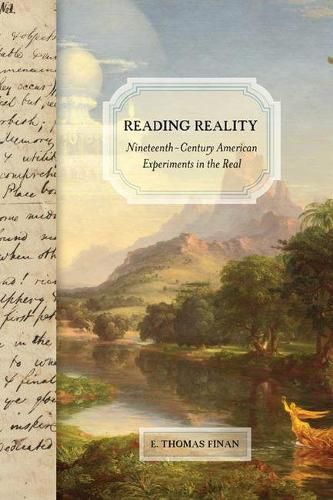Readings Newsletter
Become a Readings Member to make your shopping experience even easier.
Sign in or sign up for free!
You’re not far away from qualifying for FREE standard shipping within Australia
You’ve qualified for FREE standard shipping within Australia
The cart is loading…






This title is printed to order. This book may have been self-published. If so, we cannot guarantee the quality of the content. In the main most books will have gone through the editing process however some may not. We therefore suggest that you be aware of this before ordering this book. If in doubt check either the author or publisher’s details as we are unable to accept any returns unless they are faulty. Please contact us if you have any questions.
In the early 1800s, American critics warned about the danger of literature as a distraction from reality. Later critical accounts held that American literature during the antebellum period was idealistic and that literature grew more realistic after the horrors of the Civil War. By focusing on three leading American authors Ralph Waldo Emerson, Walt Whitman, and Emily Dickinson Reading Reality challenges that analysis. Thomas Finan reveals how antebellum authors used words such as
real
and
reality
as key terms for literary discourse and claimed that the
real
was, in fact, central to their literary enterprise. He argues that for many Americans in the early nineteenth century, the
real
was often not synonymous with the physical world. It could refer to the spiritual, the sincere, or the individual’s experience. He further explains how this awareness revises our understanding of the literary and conceptual strategies of American writers.
By unpacking antebellum senses of the
real,
Finan casts new light on the formal traits of the period’s literature, the pressures of the literary marketplace in nineteenth-century America, and the surprising possibilities of literary reading.
$9.00 standard shipping within Australia
FREE standard shipping within Australia for orders over $100.00
Express & International shipping calculated at checkout
This title is printed to order. This book may have been self-published. If so, we cannot guarantee the quality of the content. In the main most books will have gone through the editing process however some may not. We therefore suggest that you be aware of this before ordering this book. If in doubt check either the author or publisher’s details as we are unable to accept any returns unless they are faulty. Please contact us if you have any questions.
In the early 1800s, American critics warned about the danger of literature as a distraction from reality. Later critical accounts held that American literature during the antebellum period was idealistic and that literature grew more realistic after the horrors of the Civil War. By focusing on three leading American authors Ralph Waldo Emerson, Walt Whitman, and Emily Dickinson Reading Reality challenges that analysis. Thomas Finan reveals how antebellum authors used words such as
real
and
reality
as key terms for literary discourse and claimed that the
real
was, in fact, central to their literary enterprise. He argues that for many Americans in the early nineteenth century, the
real
was often not synonymous with the physical world. It could refer to the spiritual, the sincere, or the individual’s experience. He further explains how this awareness revises our understanding of the literary and conceptual strategies of American writers.
By unpacking antebellum senses of the
real,
Finan casts new light on the formal traits of the period’s literature, the pressures of the literary marketplace in nineteenth-century America, and the surprising possibilities of literary reading.